
Sometimes non-English language films are not seen as the most accessible or captivating category of film, but I think they provide insight into a different take on the medium. The following films are a great starting point if you’re interested in introducing more films into your media consumption. The films that follow masterfully invite viewers into a different perspective and worldview, as any great film does, but still maintain approachability in their narrative construction and film styles.
“Kler” (2017) by Wojciech Smarzowski
This Polish film by director Wojciech Smarzowski, which translates to “The Clergy,” follows the story of three priests in very different positions. The three intertwined stories involve abuse within the Catholic Church and deal with the subject matter in a very tactful way, including personal testimonies from real survivors of this abuse. I would urge anyone interested in the film to watch the trailer; however, the trailer unfairly portrays the film as fairly lighthearted which it most certainly isn’t. Since the film’s release, it’s had a massive impact on the interior dialogue within Poland about abuse claims that have long been ignored.
“The Insult” (2017) by Ziad Doueiri
Ziad Doueiri’s “The Insult” is a Lebanese film that portrays the conflict in Lebanon between Palestinian refugees and Lebanese Maronite Christians. The plot follows a highly-publicized trial after a Palestinian refugee accuses a Maronite Christian of hate speech. The film escalates gradually, interestingly portraying how these broad conflicts impact people’s everyday lives. Well-acted and brilliantly written, “The Insult” humanizes both sides of the conflict without stripping narrative nuance to either.
“Ida” (2013) by Paweł Pawlikowski
Yet another Polish film, Paweł Pawlikowski’s “Ida” follows its title character, a Catholic nun, as she discovers that she is Jewish in the 1960s. Another insightful depiction of Poland’s complicated history with the Catholic Church, and its similarly complicated recollection of the Holocaust, “Ida” is beautifully shot in black and white with stunning images of the Polish landscape. The film’s subtlety, including both visuals and sparsity of dialogue, keep it tethered to the implications of its plot, and ultimately the film questions what it means to have one’s identity completely rewritten and how one’s actions can change dramatically according to self-perception and understanding.
“A Fantastic Woman” (2017) by Sebastián Lelio
While Chilean film “A Fantastic Woman” is well-known for its groundbreaking depiction of a transgender woman, it’s also just an all-around solid film. Following her boyfriend’s health emergency, main character Marina (played by Daniela Vega) must interact with her boyfriend’s hostile family. To say any more about the plot would probably ruin it, so I’ll only say further that the film carefully investigates issues of transphobia and domestic violence, without erasing the humanity of its main character. Importantly, this film cast a trans woman in the role of a trans woman, and therefore serves as a key representation of a Chilean trans woman. Rightfully so, “A Fantastic Woman” won the Oscar for best foreign film in 2017.
“Son of Saul” (2015) by László Nemes
This Hungarian film follows the life of an Auschwitz prisoner as he struggles to give a proper burial to a young boy he believes to be his son. While this film, as any film about the Holocaust, is deeply disturbing, the deliberate camera work turns this inevitability on its head. Instead of wide shots that contain the physical realities of the concentration camp, director László Nemes employs tight shots that follow the main character, played brilliantly by Géza Röhrig, and the people with whom he interacts. Through this deliberate stylistic choice, the film displays that the power of film is not just in what it shows but also what is excluded from the shots. The most you can ask of a film is that it stays with you long after viewing it, and “Son of Saul” certainly accomplishes such an impact.






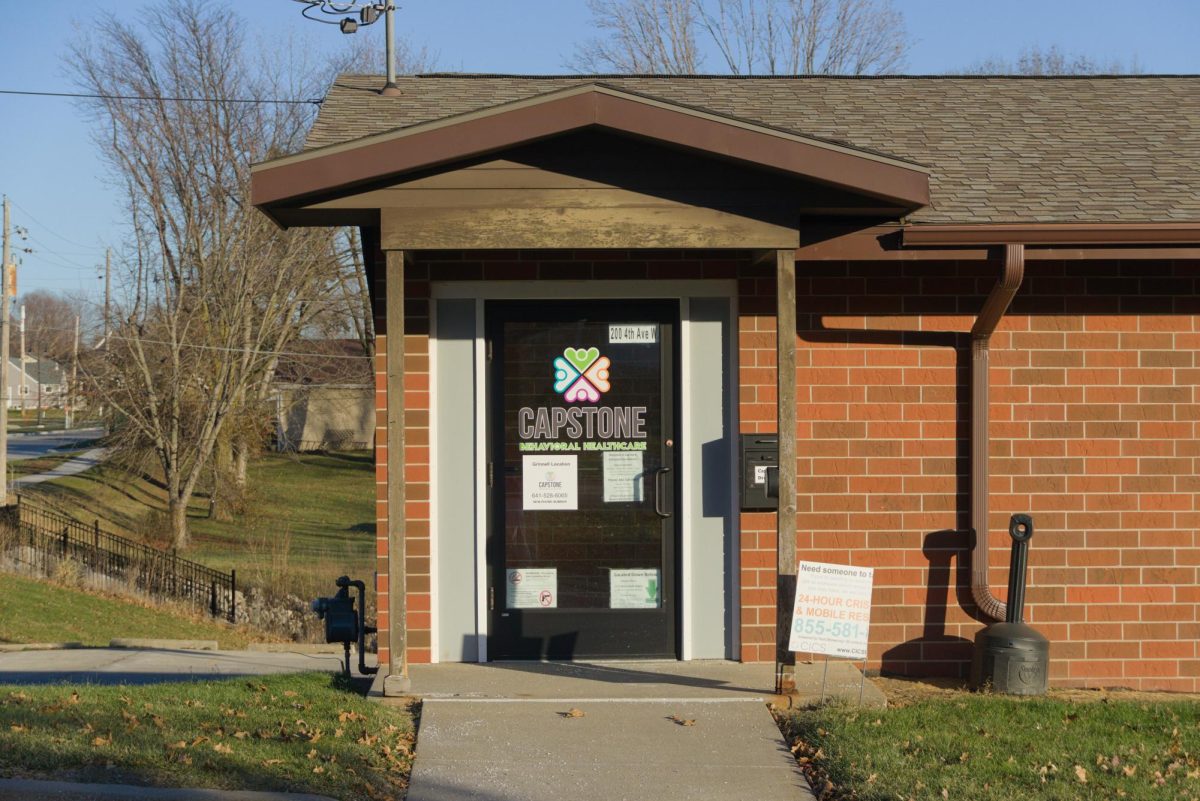
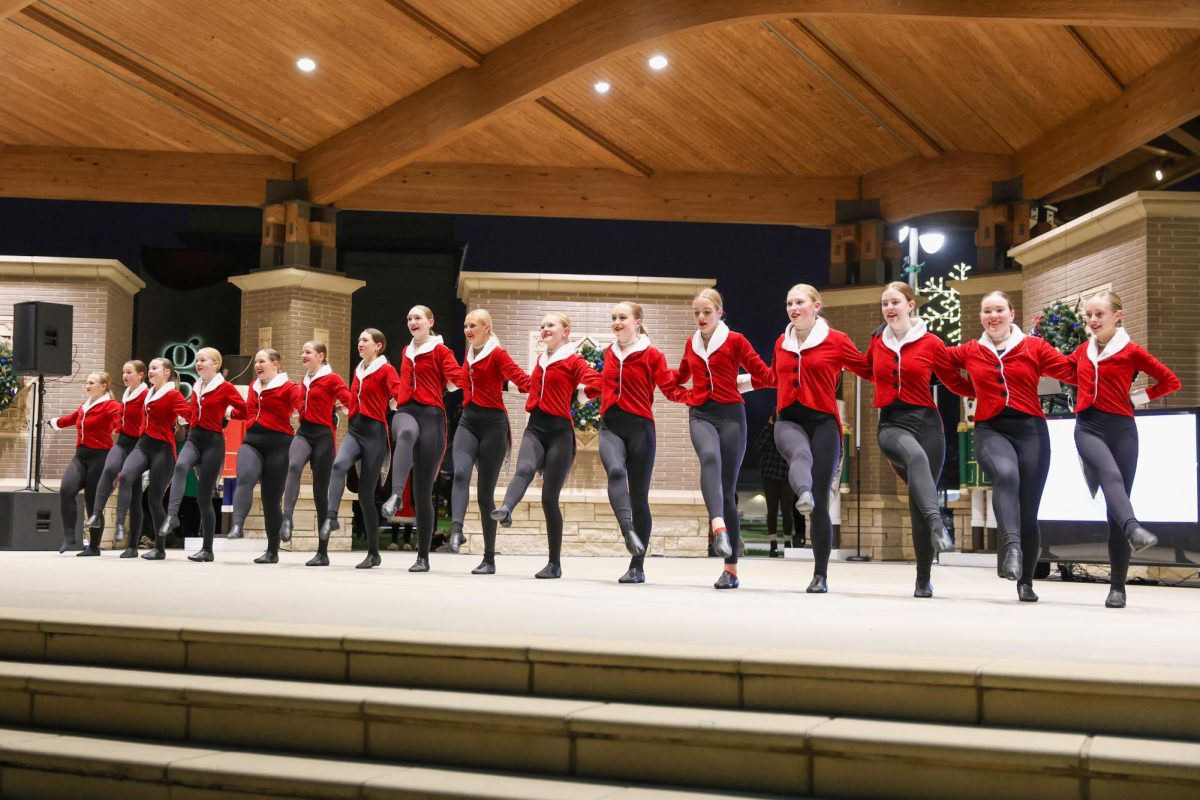
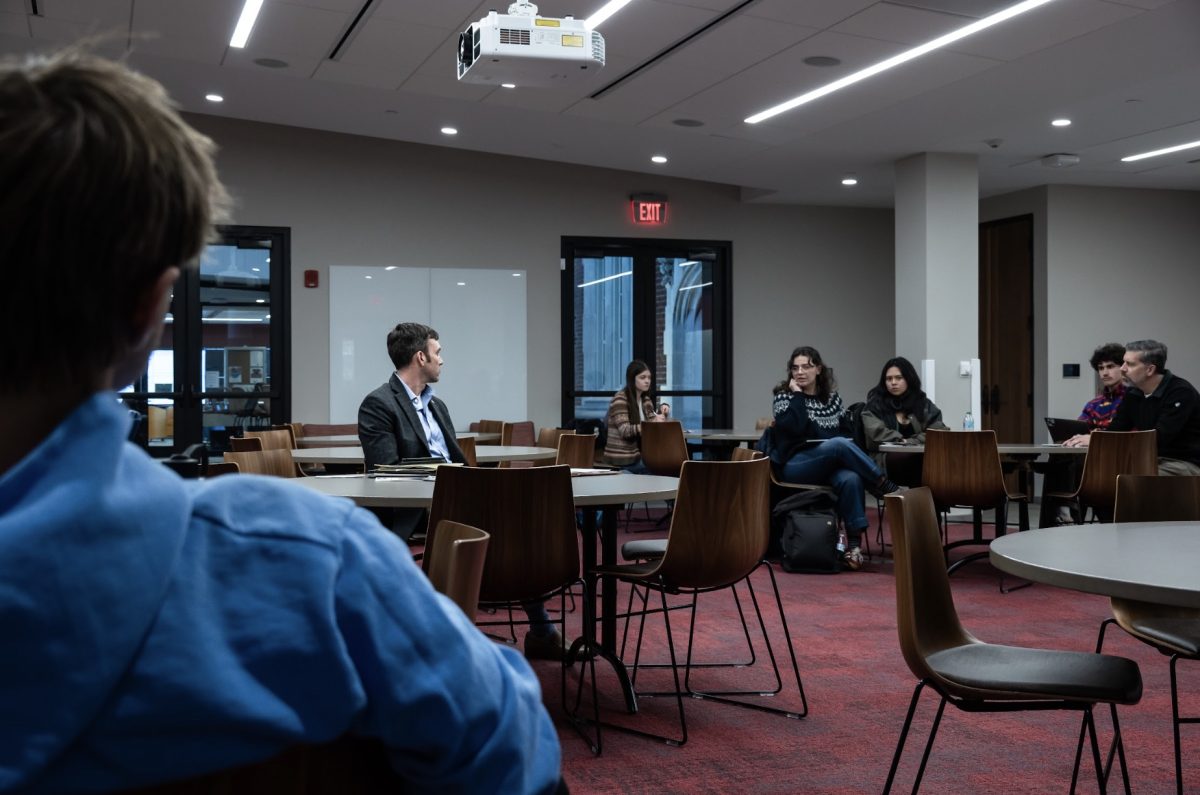

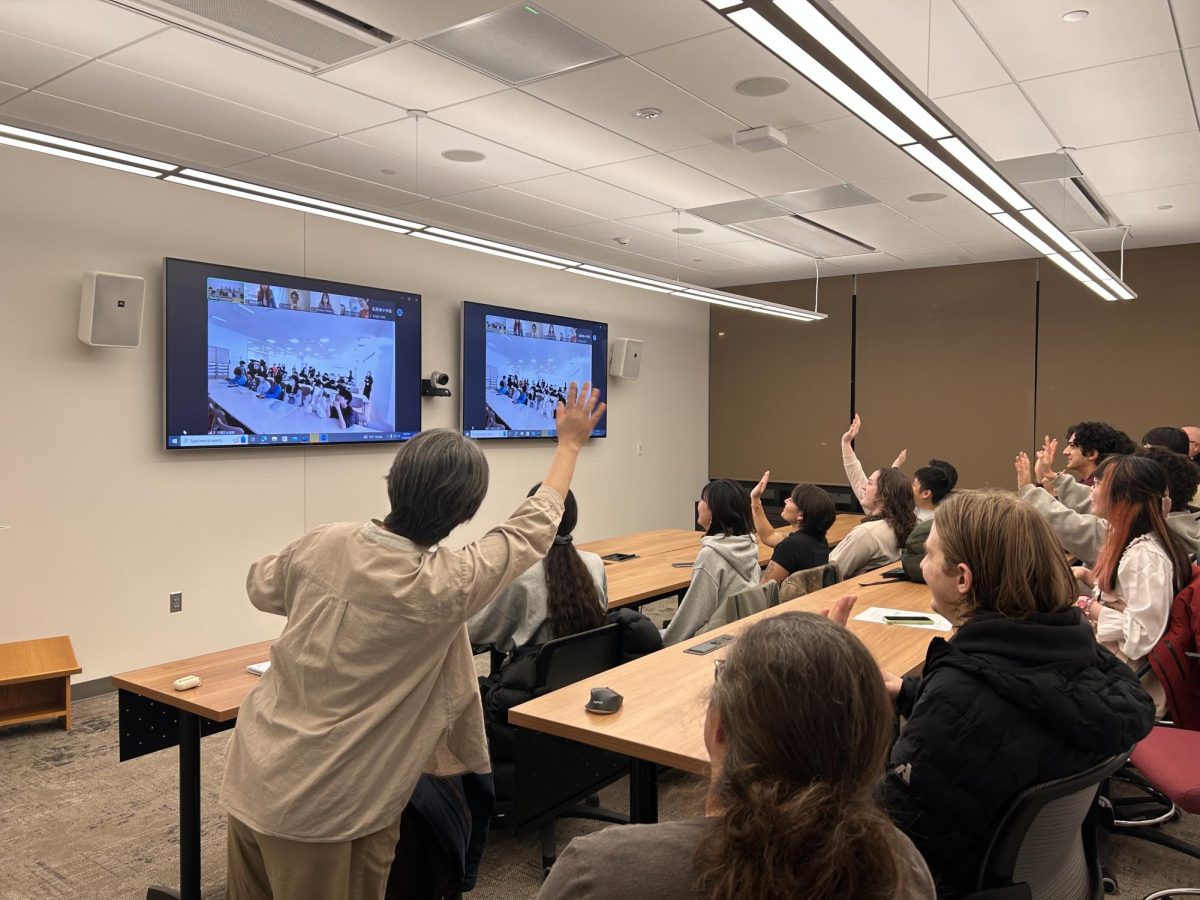
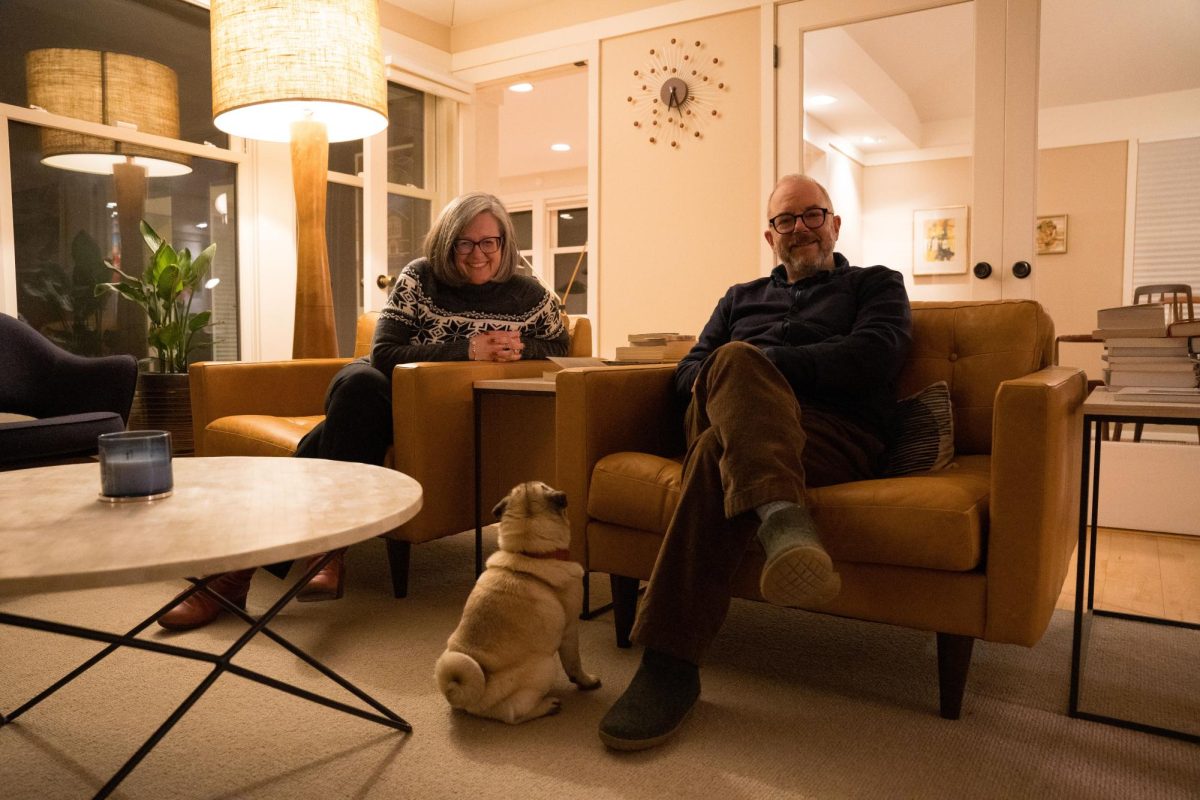

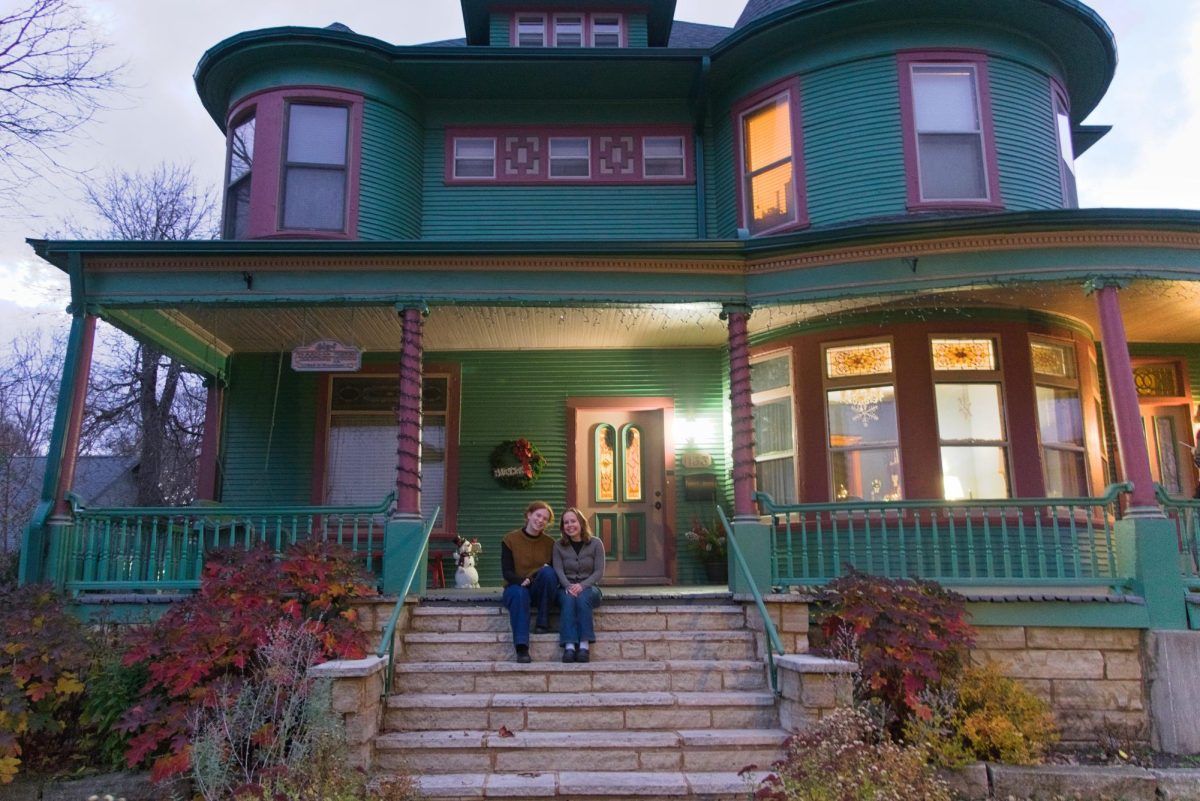
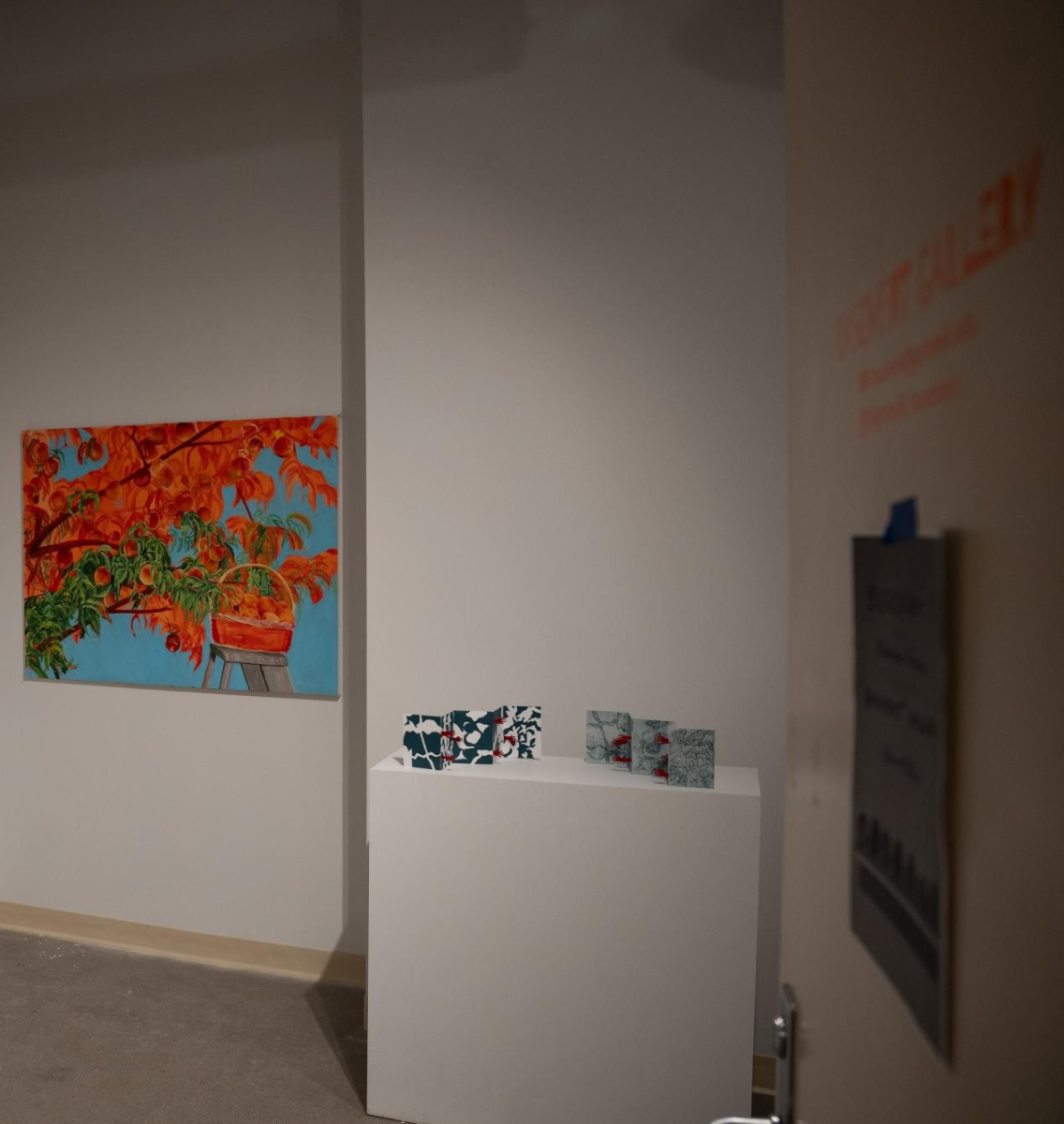


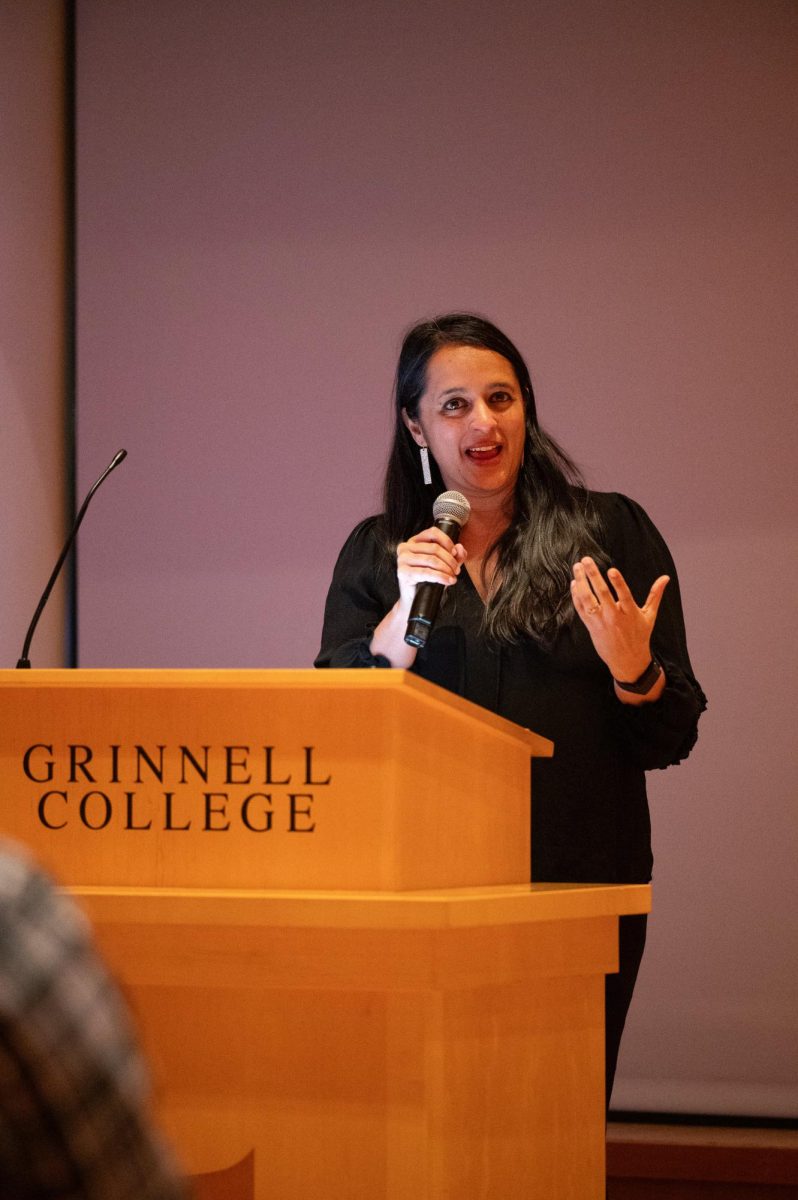








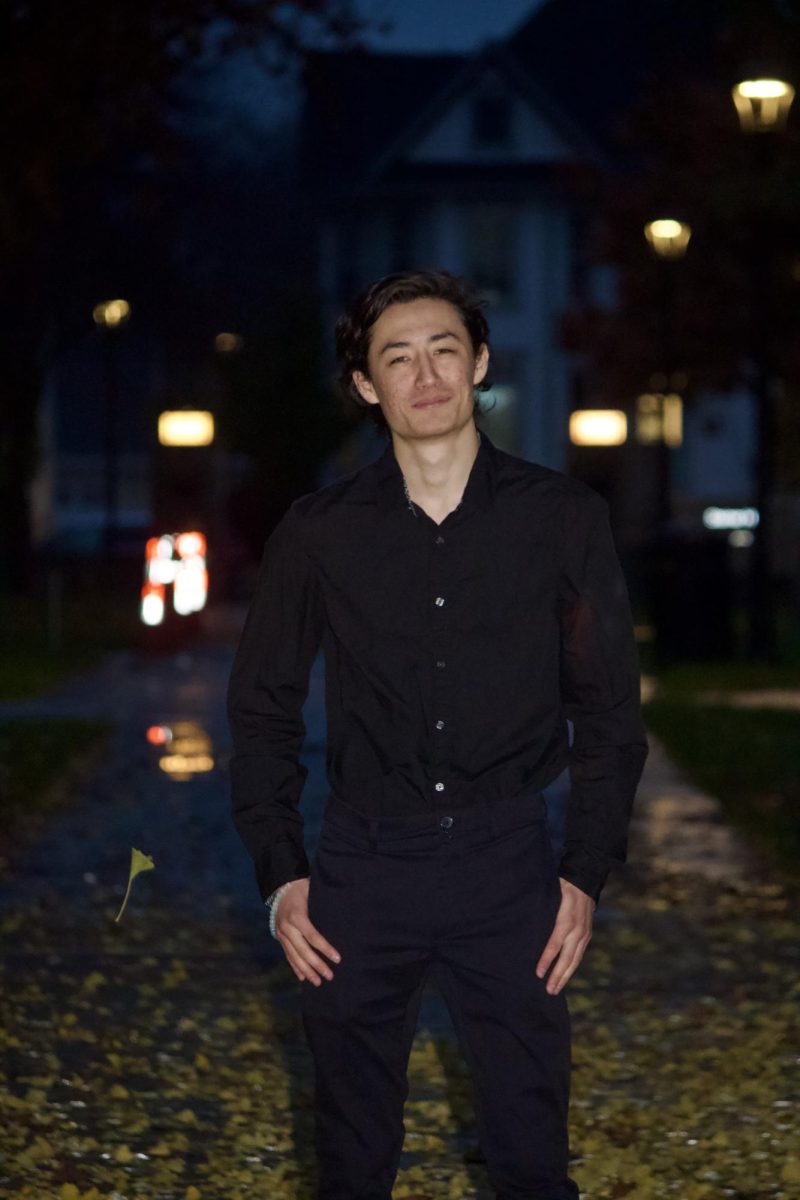






















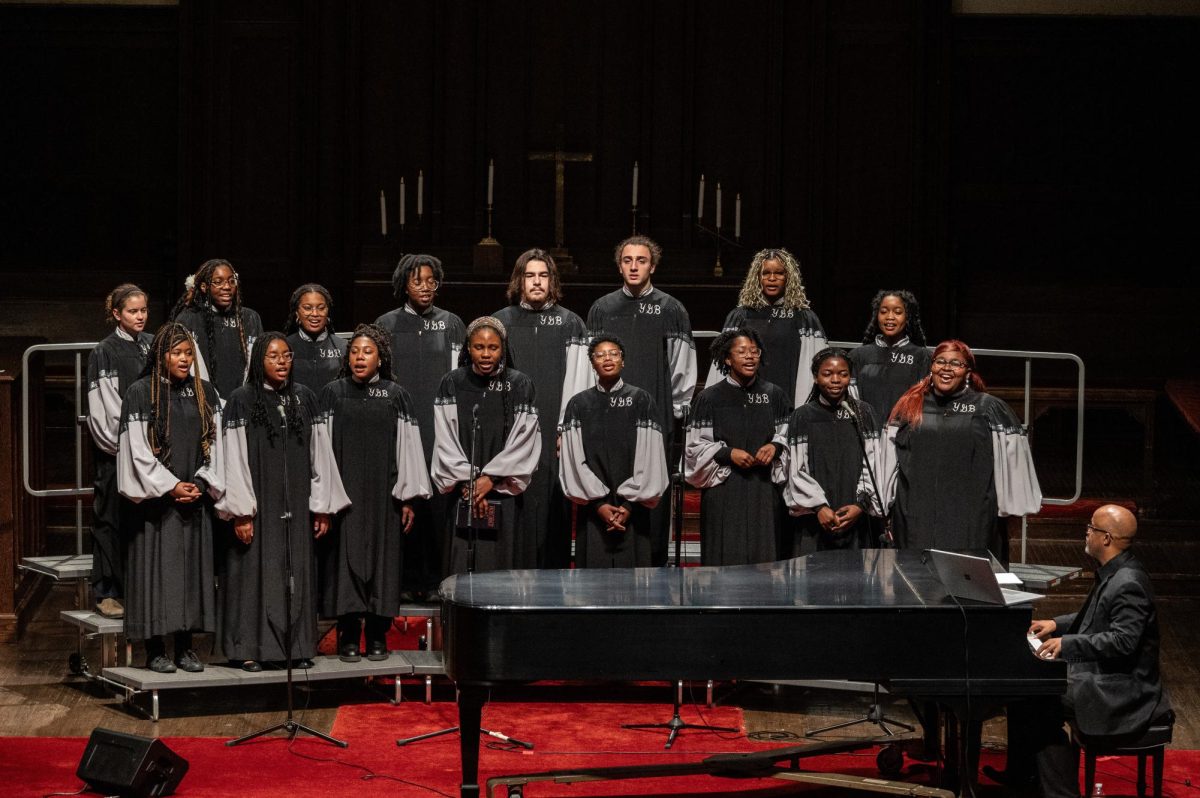
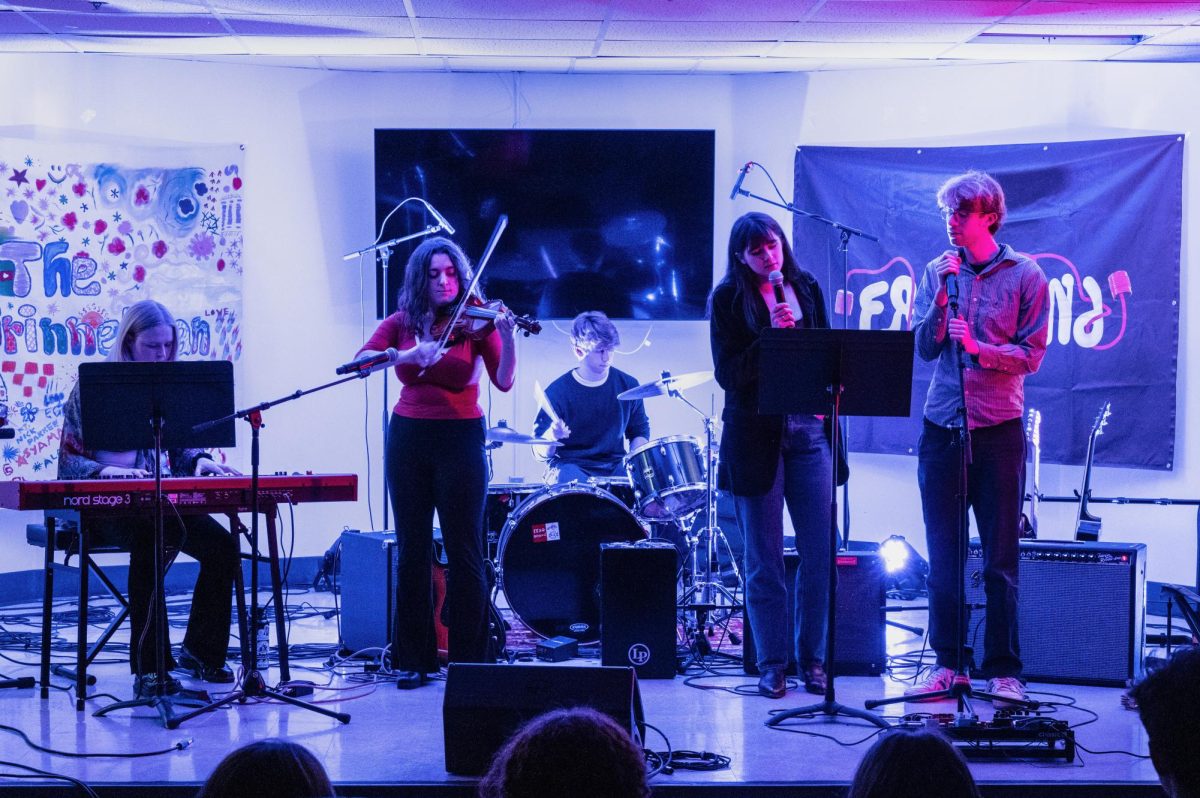
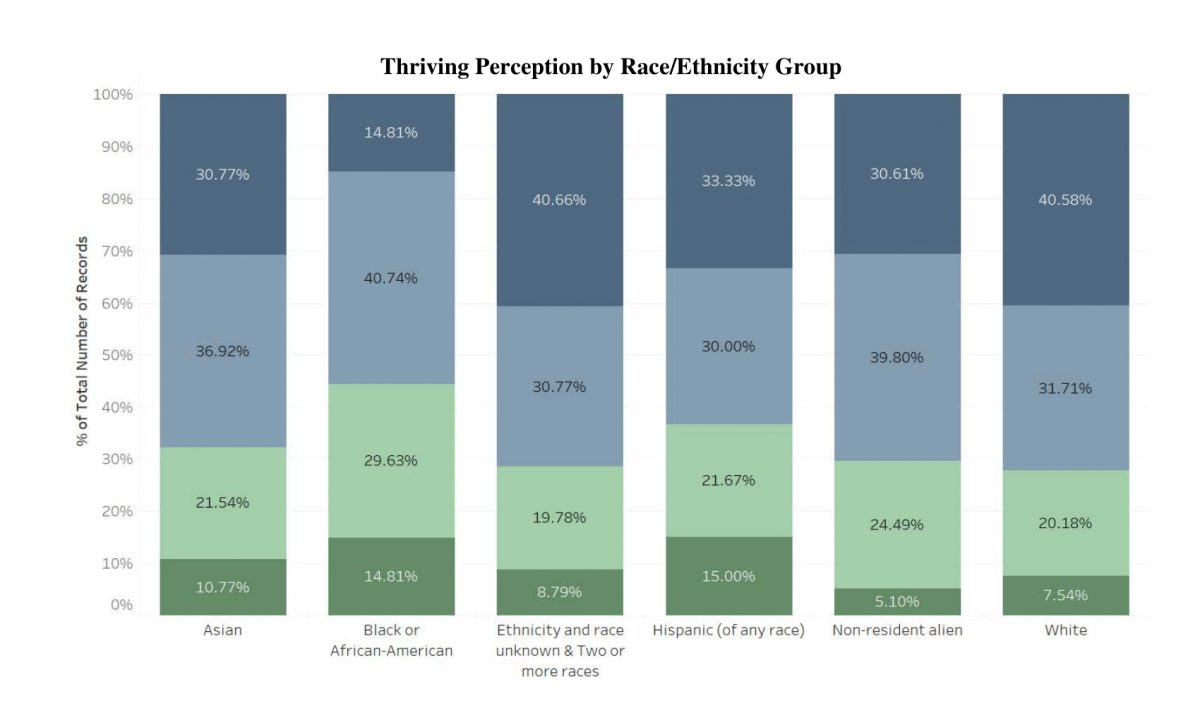
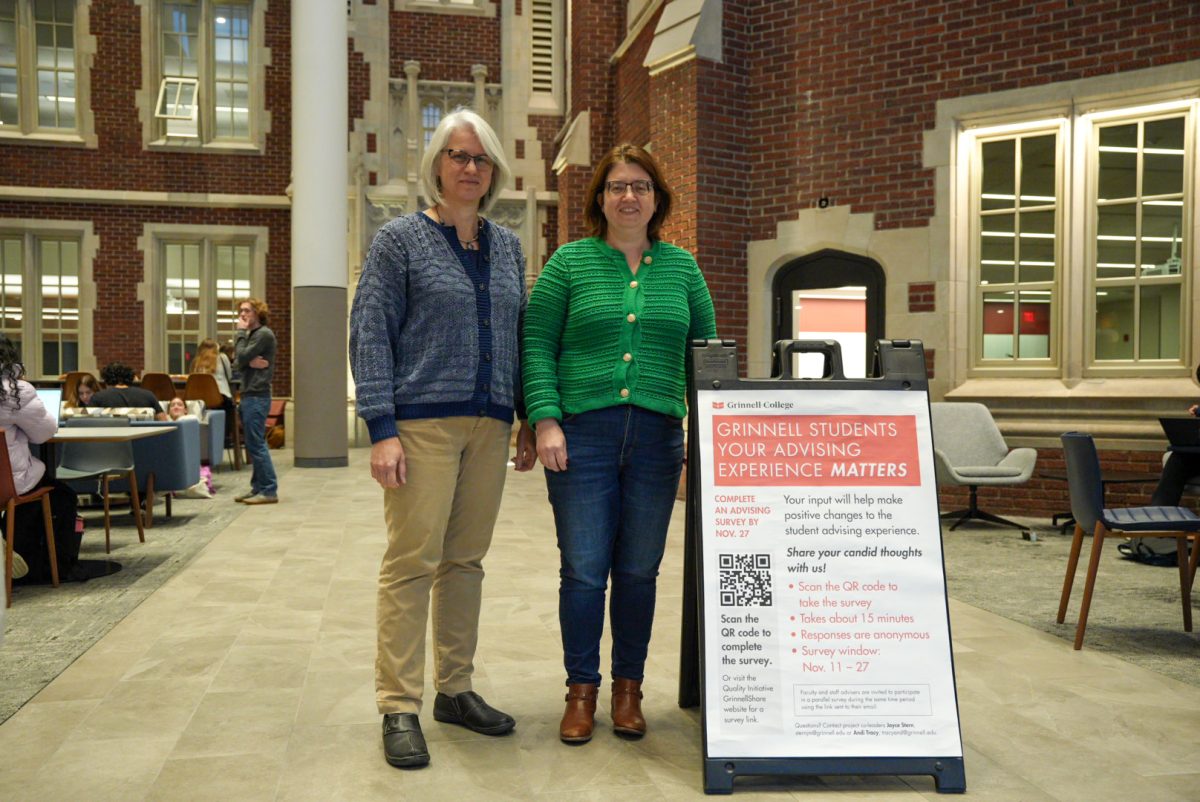

Prof Katya Gibel Mevorach • Nov 11, 2018 at 3:32 pm
László Nemes’ 2015 film, “Son of Saul,” is not only a brilliant film but one which should be a priority to see. Nemes succeeded in capturing the chaos and cacophony of the Nazi extermination camps. Extermination was a policy that targeted all who were classified by race as Jews and it is this racial genocide which must be named and confronted – even and especially these days – as it is impossible to sanitize or generalize Antisemitism.
There is some irony, therefore, in noting that Nemes’ comments about Jews in Europe confronted by the resurgence of anti-Semitism should also be registered and heeded here in the US (that is acts against Jews anywhere regardless of color, country of origin, or religiosity): “Jews feel they are not being understood when they try to communicate their suffering after the second world war and their extermination. Voices must try to be heard about that experience – because if you don’t understand the destruction of the Jews and the European tradition, you don’t understand the suicide of modern Europe. If you don’t understand what it meant for Europe to kill the Jews, you don’t understand the evil at work within European civilisation. It’s still looming.” In interviews Nemes has emphasized that “there are no survivors in my film; I have only the dead. I didn’t want it to tell the story of survival. All these older films establish a safe road for the viewer, and at the end, some kind of liberation. But that’s not the story of the Holocaust. That’s the story of how we want the Holocaust to be. It’s not the story I wanted to tell.” He admits, however, that the film’s vision is not one of total nihilism: “There is a hope there, I think: not the hope of survival, but the hope of the inner voice that might still exist, when everything, including God and religion and sanity, is gone.”
(*quotes from Andrew Pulver Interview with László Nemes: ‘I didn’t want Son of Saul to tell the story of survival;’ ( The Guardian 14 April 2016)